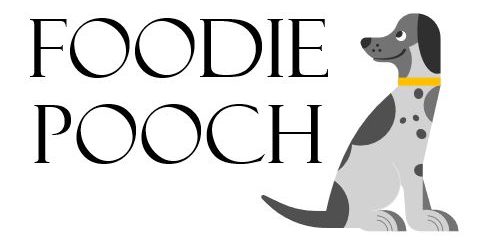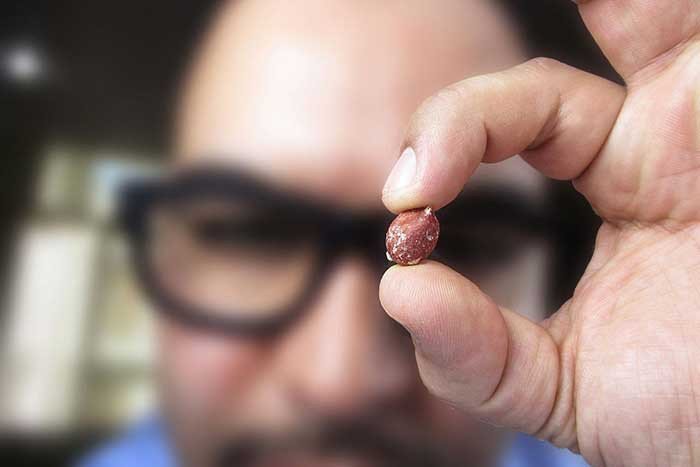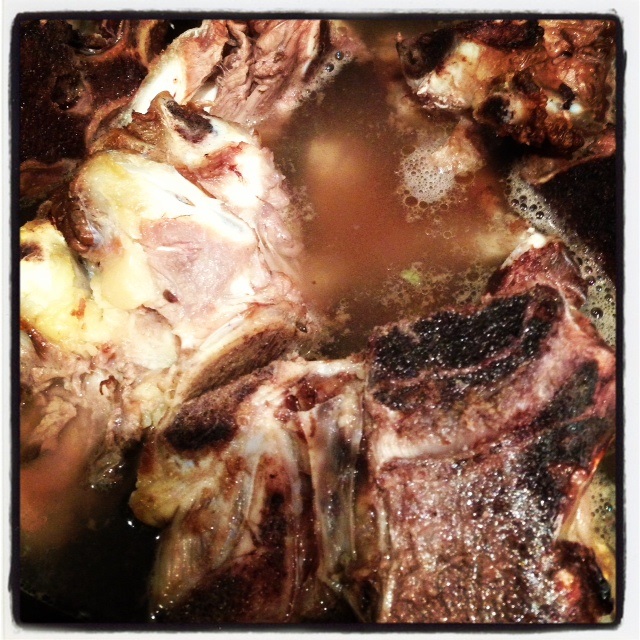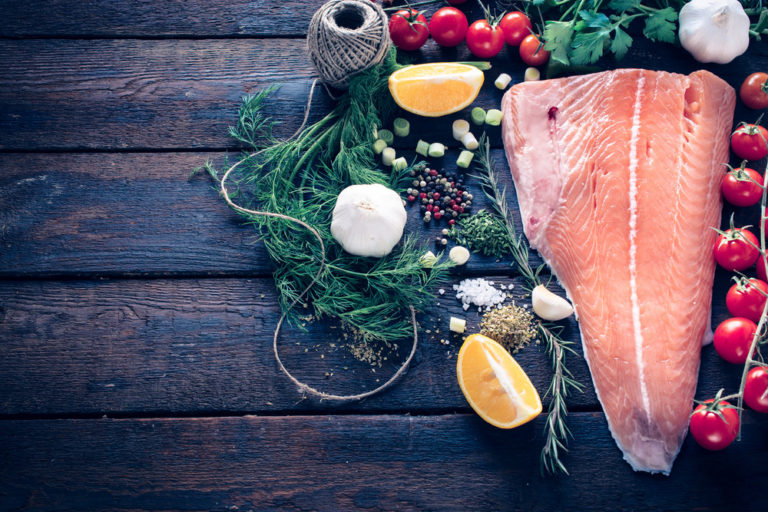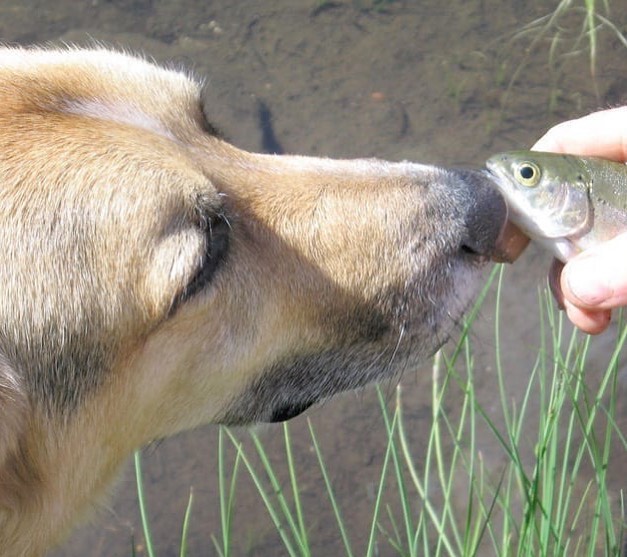Ninja Foods for Dogs
The Importance of Phytonutrients for Dogs
Ever heard of phytonutrients? I like to think of them as the ultimate food Ninjas, phytonutrients have been described as antioxidant warriors, immune boosters, cancer fighters and anti-inflammation mascots. They come in different shapes and colours and we need them all. It is estimated that 80% of us aren’t eating enough colour. Well, what about our pets?
While it literally means “nutrients derived from plants” — phyton is Greek for plant, it has evolved to have a more limited definition. Phytonutrients are the compounds in plants that keep the body healthy and help fight off disease, similar to vitamins. They differ from vitamins since they are not considered an essential nutrient, meaning without them you will not die of some nutritional deficiency. There are no phytonutrients listed in the AAFCO nutrient profiles or other references Vets are familiar with, however research indicates that phytonutrients do help create a protective shield against the environment, including preventing diseases, including those that domestic canines are prone to. They can also assist in repairing damaged cells and helping to build the immune system. Many of these phytonutrients are also antioxidants and they give our fruits and veggies their vibrant colours or red, green, blue/purple, white, yellow and orange.
Some of the health benefits of phytonutrients in colourful foods include enhanced immune system activity, protection against cancer and heart disease, support of brain and bone function and aid in wound healing. Antioxidants also help slow down the signs of aging by cleaning up the by-products of oxidation within the body’s cells.
The powerful health properties of phytonutrients are thought to play an especially important role in cancer prevention. While the majority of the research is being done on humans, it’s likely most of the benefits being demonstrated also apply to animals, including domesticated pets.
There’s more than just a visual difference between the brown kibble or canned food many pets eat, and fresh, colourful foods.
What if you make your own food at home? An apple, some blueberries or beetroot, a generous amount of leafy green vegetables, a little bit of cauliflower or a pear, a carrot, sweet potato or pumpkin and you have all bases covered! Raw is best of course, but if your pet prefers cooked foods, just make sure you don’t overcook them to ensure the colours remain intact.
*IMPORTANT NOTE: please note that the above chart is for humans rather than canines. Do not feed your dog grapes, raisins, currants, or anything from the onion family as these foods are toxic for dogs.
